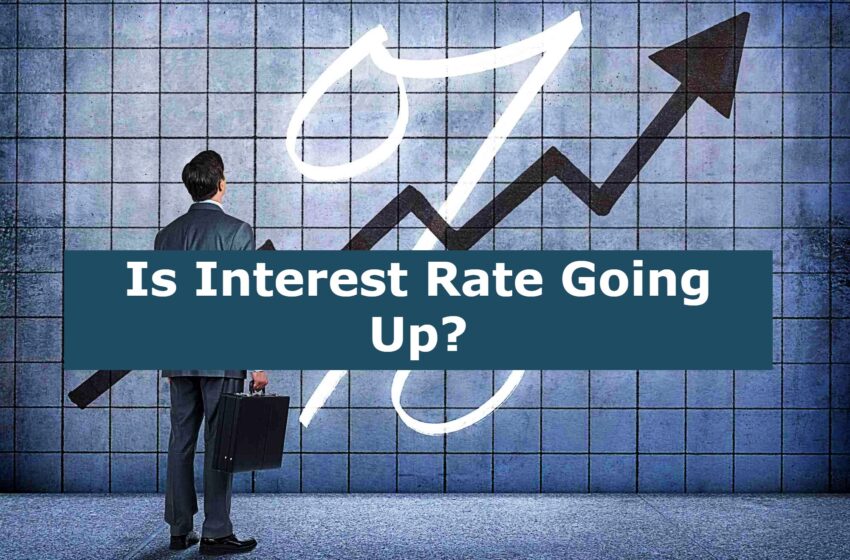
Is Interest Rate Going Up?
If you’ve been wondering if interest rates are going up, you aren’t alone. For some people, the answer is “yes,” while for others, the answer is “no.” But there are some important factors to consider before making that decision. This article discusses three of them: the Federal funds rate, the 10-year Treasury yield, and the Deposit expansion multiplier.
Federal funds rate
Federal funds rate is a key economic indicator that reveals the direction of the Fed’s monetary policy. It is closely watched by both domestic and international investors.
During a period of strong growth, the Fed usually raises the benchmark federal funds rate. They do so to counter rising inflation. The increase in rates makes borrowing more expensive and discourages borrowing.
In November, the Federal Open Market Committee raised the fed funds rate by 50 basis points. This followed a 0.75% increase in June and a 0.50% increase in March. Another increase is expected later in the year.
Despite the Fed’s efforts to combat inflation, the inflation rate remains stubbornly high. However, it did decrease slightly in December.
The Fed’s goal is to increase demand in the economy and lower unemployment. This requires employers to hire more workers and increase production.
Deposit expansion multiplier
The deposit expansion multiplier is a good indicator of how much money is flowing through your bank’s deposit account. A high deposit expansion multiplier indicates that more is available for borrowing. It also helps ensure that your bank has enough cash on hand to meet customer withdrawal demands.
To calculate the money multiplier, multiply your bank’s reserve ratio by the amount of money that the banking system is capable of producing. For instance, a bank with a 24% reserve ratio would have a deposit multiplier of 76%.
The money multiplier isn’t a unified measure of all your bank’s deposits. Time deposits don’t require reserve requirements and may expand more than their checkable counterparts.
The money multiplier is one of many factors that are used to calculate the total money supply in a given economy. Other important factors include government policies that protect the health of your bank’s balance sheet.
Price spikes can prolong and worsen inflation
When prices are skyrocketing, they can have a profound impact on the economy. The positive effects of inflation include stimulating economic growth, reducing unemployment, and encouraging loans and savings. However, high rates of inflation can have a negative impact as well.
Inflated costs can also lead to shortages of products and services. As prices increase, companies often shift resources away from the production of goods and services to focus on the pursuit of profit.
Although the smallest and most expensive components of a price increase are generally not visible to consumers, the largest contributors to the overall spike are rent, medical care, and food. It is not difficult to understand why the cost of living has soared to its highest levels in decades.
Long-term rates follow the 10-year Treasury yield
The 10-year Treasury yield is one of the most influential benchmarks in the financial markets. It is used to determine rates for a wide range of borrowing instruments, including mortgages, corporate loans, and bank deposits. As a result, the 10-year treasury yield changes frequently.
A rise in the 10-year Treasury yield signals confidence in the economy. The higher the yield, the more expensive it will be to borrow. If the yield rises too quickly, it may cause investors to fear that their capital is at risk.
In recent years, the yield curve has been inverted. This indicates that short-term interest rates are higher than long-term interest rates. Some experts believe this is an indication of a recession. Other analysts believe the inversion does not always signal a recession.
Impact on fixed-rate mortgages
When interest rates rise, your mortgage payment will be higher. This is because the lender adds a margin to your loan. The margin is based on your credit score, the risk associated with your loan, and the size of your down-payment.
Interest rates are also affected by inflation. Higher inflation means a weaker dollar. Inflation devalues the dollar, which makes loans more expensive. If you have an adjustable-rate mortgage (ARM) or a home equity line of credit (HELOC), you could see a significant increase in your payment.
Buying a home is one of the biggest purchases you will make in your life. While a 1% rise in interest rates might not seem like much, it could affect your buying power. A 3% interest rate would mean you’d lose almost $150,000 of buying power.


